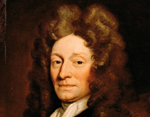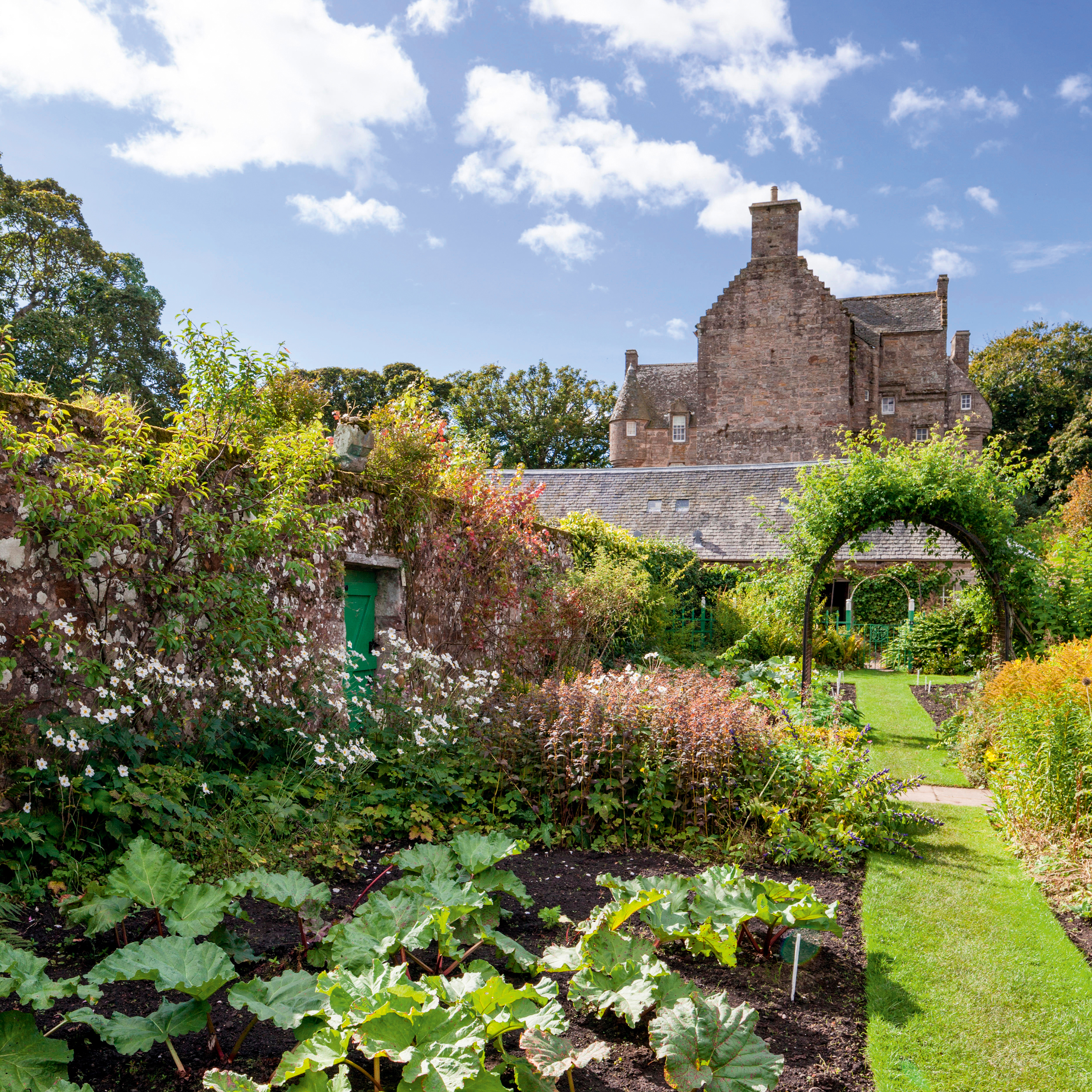Great British Architects: Sir Christopher Wren
One of the finest and best-loved architects ever to work in Britain, Sir Christopher Wren’s legacy will live on indefinitely


Sir Christopher Wren (1632–1723)
The architectural reputation of Sir Christopher Wren is inextricably bound up with the Great Fire of London in 1666. In its aftermath, and when still relatively inexperienced in building (but with a reputation as a brilliant young academic), he not only took charge of the reconstruction of St Paul’s Cathedral, but also of the many city churches whose fantastic array of towers and spires dominated the skyline of the capital until the 20th century. Later generations of architects can only envy Wren this extraordinary canvas.
He worked in an assured and dignified Classical style, and his designs are enlivened as in the dome of St Paul’s by a brilliant technical understanding of structure and a wider awareness of Baroque architecture in Europe. Above all, architecture was for Wren a means of realising in physical form his belief in the transcendant truth and beauty of geometry.
Career
Wren was born in 1632 into a High Church Anglican family that suffered for its sympathies in the Civil War. He was a sickly child, but little is known of the details of his education before his arrival at Oxford in 1650. Here, he proved himself to be a brilliant mathematician and experimental scientist. His circle of acquaintance, moreover, came to include scholars who were later to form the core of the Royal Society.
During his twenties, Wren developed an international reputation for his varied academic endeavours. His grounding in mathematics and geometry made architecture a natural avenue for investigation, and, in early 1663, he was commissioned by his uncle to design a new chapel for Pembroke College, Cambridge.
It is indicative of his interests and experience that the next major commission he undertook was remarkable for its engineering. Work began to the Sheldonian Theatre at Oxford in 1664, which was designed in the form of a Roman theatre. Wren rose to the structural challenge of covering its wide interior with an ingeniously designed roof. This Cambridge chapel and Oxford theatre were, in effect, all the practical preparation Wren had for rebuilding a great city. Paris and London
Sign up for the Country Life Newsletter
Exquisite houses, the beauty of Nature, and how to get the most from your life, straight to your inbox.
In 1665–66, as London laboured under the agony of the plague, Wren travelled to France for a year. His visit was undertaken expressly with a view to visiting new buildings and meeting prominent artists. Soon after his return, two events transformed his career. The first was the Great Fire of London in 1666, and the second was his appointment in 1669 as Surveyor of the King’s Works, the officer responsible for oversight of all royal building projects.
Within days of the fire, Wren presented an audacious proposal for the complete redesign of the capital on a regular plan. Reality prevailed, however, and the city was restored to its medieval layout. Wren was active in over-seeing many of the more prosaic aspects of rebuilding London. He also constructed the buildings that made London appear to be a modern city: its array of churches.
Most celebrated of these is the cathedral church of St Paul’s. He also took responsibility, however, for a new network of 51 churches to replace the 86 damaged or lost in the fire. His upbringing lent his attempt to create new churches for Protestant worship in the city particular sensitivity. To manage this huge operation, Wren set up a drawing office and the sheer variety of designs produced reflects the input of several individuals, notably Hooke and Hawksmoor.
The other building projects undertaken by Wren in his capacity as Surveyor of the King’s Works are not well preserved. These included the Royal Hospital at Chelsea and designs for its counterpart at Greenwich, although the buildings there took a century to realise. He also worked on several royal palaces, including Hampton Court and Winchester. Wren’s death and reputation
By the time Wren died, at the impressive age of 90, he had established a formidable architectural legacy. His brand of Baroque design was to inform the mainstream of English architecture until the triumph of Palladianism from the 1720s. Because of his celebrity, numerous country houses have erroneously been attributed to him. In fact, he is chiefly important as an architect of public buildings.
Country Life is unlike any other magazine: the only glossy weekly on the newsstand and the only magazine that has been guest-edited by HRH The King not once, but twice. It is a celebration of modern rural life and all its diverse joys and pleasures — that was first published in Queen Victoria's Diamond Jubilee year. Our eclectic mixture of witty and informative content — from the most up-to-date property news and commentary and a coveted glimpse inside some of the UK's best houses and gardens, to gardening, the arts and interior design, written by experts in their field — still cannot be found in print or online, anywhere else.
-
 Alan Titchmarsh: 'It’s all too easy to become swamped by the ‘to-do’ list, but give yourself a little time to savour the moment'
Alan Titchmarsh: 'It’s all too easy to become swamped by the ‘to-do’ list, but give yourself a little time to savour the moment'Easter is a turning point in the calendar, says Alan Titchmarsh, a 'clarion call' to 'get out there and sow and plant'.
By Alan Titchmarsh
-
 Rodel House: The Georgian marvel in the heart of the Outer Hebrides
Rodel House: The Georgian marvel in the heart of the Outer HebridesAn improving landlord in the Outer Hebrides created a remote Georgian house that has just undergone a stylish, but unpretentious remodelling, as Mary Miers reports. Photographs by Paul Highnam for Country Life.
By Mary Miers